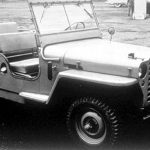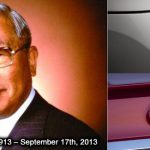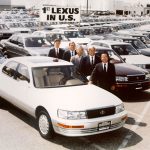Infiniti – the brand established by Nissan specifically for the North American market – has achieved remarkable success after more than two decades of development. With its strategic approach and iconic “endless road” symbol, Infiniti is gaining popularity worldwide.
In 1986, Nissan executives devised a strategy to establish a luxury brand targeting consumers in the United States and Canada. The project was approved, and in 1987, Nissan introduced its first flagship vehicle, the Q45. To symbolize Infiniti’s commitment to meeting consumers’ unlimited needs, the brand was officially named “Infiniti” by transforming the word “infinity” into a unique and industry-defining name.
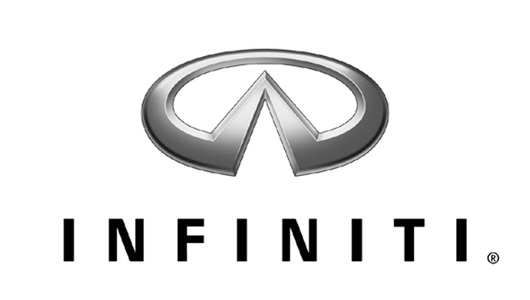
Embracing this concept, Nissan enlisted the expertise of design firm Lippincott Mercer to create the Infiniti logo in 1989. Some interpret the two intersecting lines at the ellipse’s center as a representation of a straight road to infinity. Others perceive the logo as two hands clasped together in a martial arts pose, symbolizing strength, courage, and unwavering determination.
Infiniti brand officially debuted in 1989. On December 8, 1989, after a year of extensive research and development, 51 Infiniti dealerships in the United States and 12 dealerships in Canada simultaneously opened their doors to introduce the Q45 sedan and M30 coupe luxury models, which were specifically designed for the North American market. Exactly one year later, these two models reached the hands of customers, making their long-awaited presence felt.
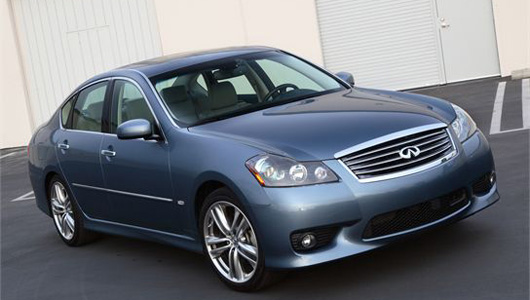
The objective of the brand was to create and market distinctive vehicles in America while distinguishing itself from the Nissan image. Initially, Infiniti struggled with poor sales, attributed mainly to lackluster advertising campaigns. The company’s initial advertisement strategy revolved around Japanese Buddhist-inspired landmarks and natural scenery, which failed to showcase the actual vehicles. Many perceived this approach to be detrimental to the company’s success, as Infiniti expected consumers to intuitively desire their cars without providing the necessary visual appeal.
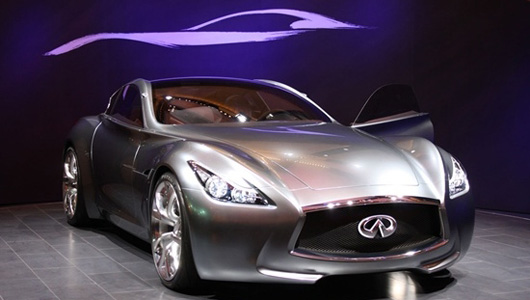
Infiniti faced a daunting challenge to emerge victoriously in the competitive American market, especially when its parent company, Oldsmobile, teetered on the brink of closure. The initial offering from Infiniti consisted of two models: the Q45 and the G20 sports sedan. Subsequently, the brand introduced unconventional models like the J30 with its distinctively rounded body, the compact yet nimble M30, and the I30. The QX4, a midsize sports utility vehicle based on the Nissan Pathfinder, played a pivotal role in bolstering Infiniti’s sales figures.
Success gradually embraced Infiniti over the years. Just one year after its debut, the Q45 earned a spot on the prestigious “Best Cars” list, as voted by Road&Track. Although it faced fierce competition from the likes of Lexus, a rival brand, the Q45 showcased its dominance with a 278-horsepower V8 engine, which was unprecedented at the time. Equipped with pioneering technology, the Q45 became the first car to feature an automatic damping system.

In 1991, market research firm J.D. Power recognized Infiniti as the brand that delivered the highest customer satisfaction. Throughout the 1990s, Infiniti’s sales displayed consistent growth. However, as the decade drew to a close, the brand faced formidable competition from Lexus and Acura. In the early 2000s, Infiniti made determined efforts to refocus and enhance its product lineup, aiming to create uniquely styled and high-quality models. The redesigned Q45 epitomized this newfound dedication. Built upon the FM prototype, both the sedan and coupe variants resonated strongly with consumers, quickly becoming a resounding success. Soon after, Infiniti introduced the FX35/FX45, an SUV that seamlessly integrated style, combining the advantages of a sports car with the practicality of a wagon.
Today, Infiniti continues to compete against renowned brands such as BMW, Audi, and Lexus, firmly establishing itself as a symbol of popularity and recognition.
Th? Ð?t (According to PL&XH)
Nissan’s 4WD Vehicles – 65 Years of Historic Journey
After a challenging journey full of obstacles, Nissan has now established a prestigious legacy in the field of 4×4 drivetrains. Through years of research, Nissan has developed cutting-edge technical secrets and world-class technologies, propelling the brand from its early Jeep-inspired models in the 1950s to the bold and powerful vehicles we see today. Let’s take a moment to review Nissan’s renowned legacy in the SUV segment and explore the history of iconic representatives such as the Patrol, Murano, Pathfinder, Qashqai, X-Trail, and Juke through the following information.































